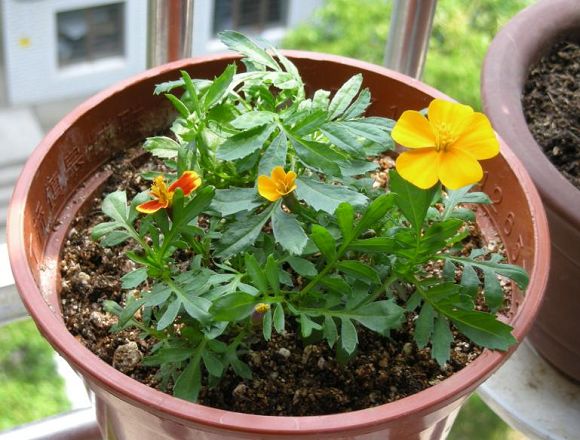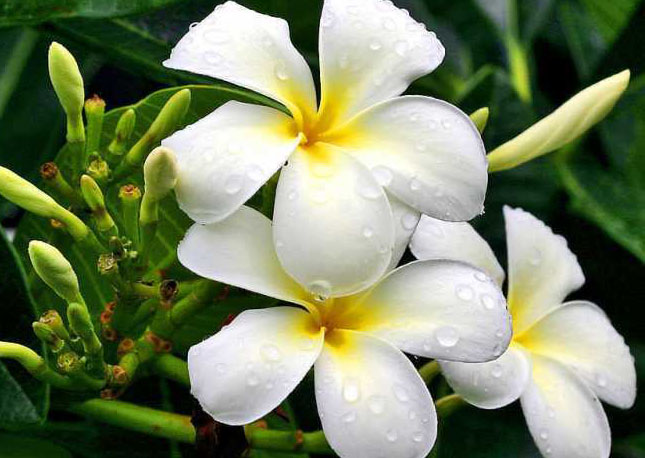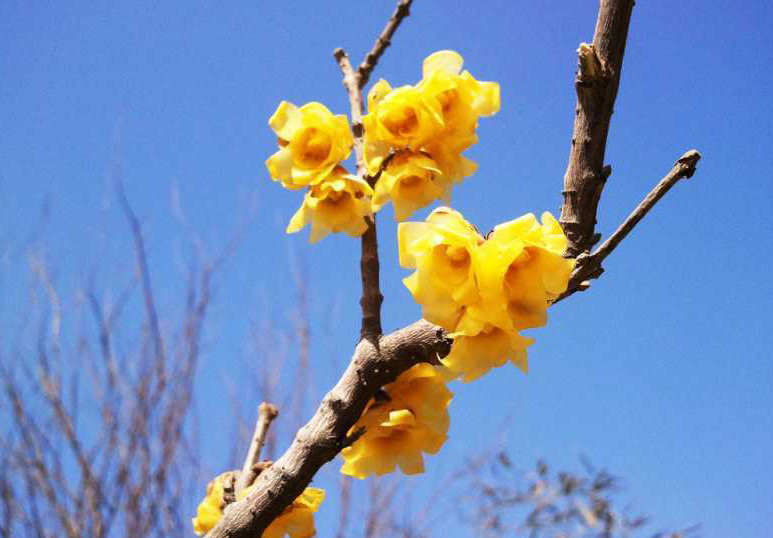Conservation principles of malachite grass
Conservation principles of malachite:
(1) Light regulation
Peacock grass is a positive plant, growth and flowering require sufficient sunlight, sufficient light is also conducive to prevent plant overgrowth. Avoid direct sunlight in the hot season and cool down by shading around noon.
(2) temperature control
The temperature can be reduced by 18 degrees Celsius after potting, to 15 degrees Celsius after a few weeks, and to 12: 14 degrees Celsius before and after flowering. This temperature is ideal for forming a good plant shape, but it may be difficult to achieve this condition in actual production. Therefore, generally speaking, as long as it is above 5 degrees Celsius, it will not be frozen, and it can grow well between 10 and 30 degrees Celsius.
(3) Water and fertilizer management
The key to moisture management is to use a medium with good drainage. Although it is important to keep the medium moist, it is necessary to dry properly before each watering. Of course, the medium should not be too dry and cause the plant to wither. For those cultivated completely in human culture medium, it can be fertilized alternately for 7 to 10 days. When the temperature is low in winter, the use of fertilizer should be reduced. If the medium is ordinary soil, the compound fertilizer can be mixed as base fertilizer before the medium is put into the basin. Fertilizer is applied when the fertilizer is insufficient.

1. Light regulation
Peacock grass is a positive plant, growth and flowering require sufficient sunlight, sufficient light is also conducive to prevent plant overgrowth. Avoid direct sunlight in the hot season and cool down by shading around noon.
2. Temperature control
The temperature can be reduced by 18 ℃ after potting, to 15 ℃ after a few weeks, and to 12: 14 ℃ before and after flowering. This temperature is ideal for forming a good plant shape, but it may be difficult to achieve this condition in practical production. Therefore, generally speaking, as long as it is more than 5 ℃, it will not be frozen, and it can grow well between 10 ℃ and 30 ℃.
3. Water and fertilizer management
The key to moisture management is to use a medium with good drainage. Although it is important to keep the medium moist, it is necessary to dry properly before each watering. Of course, the medium should not be too dry and cause the plant to wither. For those cultivated completely in artificial medium, it can be fertilized alternately once every 7 to 10 days. When the temperature is low in winter, the use of fertilizer should be reduced. If the medium is ordinary soil, the compound fertilizer can be mixed as base fertilizer before the medium is put into the basin. Fertilizer is applied when the fertility is insufficient. Four principles for the conservation of malachite grass
The main results are as follows: (1) Light regulation: Peacock grass is a positive plant, which requires sufficient sunlight for growth and flowering, and sufficient light is also beneficial to prevent plant overgrowth. Avoid direct sunlight in the hot season and cool down by shading around noon.
(2) temperature control: the temperature can be reduced by 18 ℃ after potting, to 15 ℃ after a few weeks, and to 12: 14 ℃ before and after flowering. This temperature is ideal for forming a good plant shape, but it may be difficult to achieve this condition in practical production. Therefore, generally speaking, as long as it is more than 5 ℃, it will not be frozen, and it can grow well between 10 ℃ and 30 ℃.
(3) Water and fertilizer management: the key to water management is to use a medium with good drainage. Although it is important to keep the medium moist, it is necessary to dry properly before each watering. Of course, the medium should not be too dry and cause the plant to wither. For those cultivated completely in artificial medium, it can be fertilized alternately once every 7 to 10 days. When the temperature is low in winter, the use of fertilizer should be reduced. If the medium is ordinary soil, the compound fertilizer can be mixed as base fertilizer before the medium is put into the basin. Fertilizer is applied when the fertility is insufficient.
It is easy to cross and degenerate among malachite varieties. There are not only single, double, different flower colors and different height varieties of peacock grass, but also marigold of the same genus, and the natural hybridization between them is also easy to degenerate. Varieties with good colors should be selected, sowed and planted separately, and keep a distance of more than 100 meters from other varieties. Seeds are harvested separately and stored separately.
- Prev

How to grow and reproduce eggs
Frangipani is called gardenia. For little Joe. Cymes, flowered, white, yellow center, sometimes reddish, fragrant, flowering 4~7 months. Sexual likes sunny and warm environment, slightly shade resistance, not cold resistance, suitable for good drainage sandy loam. Management is extensive, because the branches are brittle and easy to break
- Next

How to shape potted preserved plum
Lamei has strong growth, easy to branch and resistant to pruning, so it is suitable for making pile scenery. The common modeling methods of hanging plum are as follows: in early spring, the old dog tooth plum with bumps in the rhizome is planted in a pot, and pay attention to make the pimple-part of the pot more than □. Cut off all the branches above the plant after planting
Related
- Fuxing push coffee new agricultural production and marketing class: lack of small-scale processing plants
- Jujube rice field leisure farm deep ploughing Yilan for five years to create a space for organic food and play
- Nongyu Farm-A trial of organic papaya for brave women with advanced technology
- Four points for attention in the prevention and control of diseases and insect pests of edible fungi
- How to add nutrient solution to Edible Fungi
- Is there any good way to control edible fungus mites?
- Open Inoculation Technology of Edible Fungi
- Is there any clever way to use fertilizer for edible fungus in winter?
- What agents are used to kill the pathogens of edible fungi in the mushroom shed?
- Rapid drying of Edible Fungi

